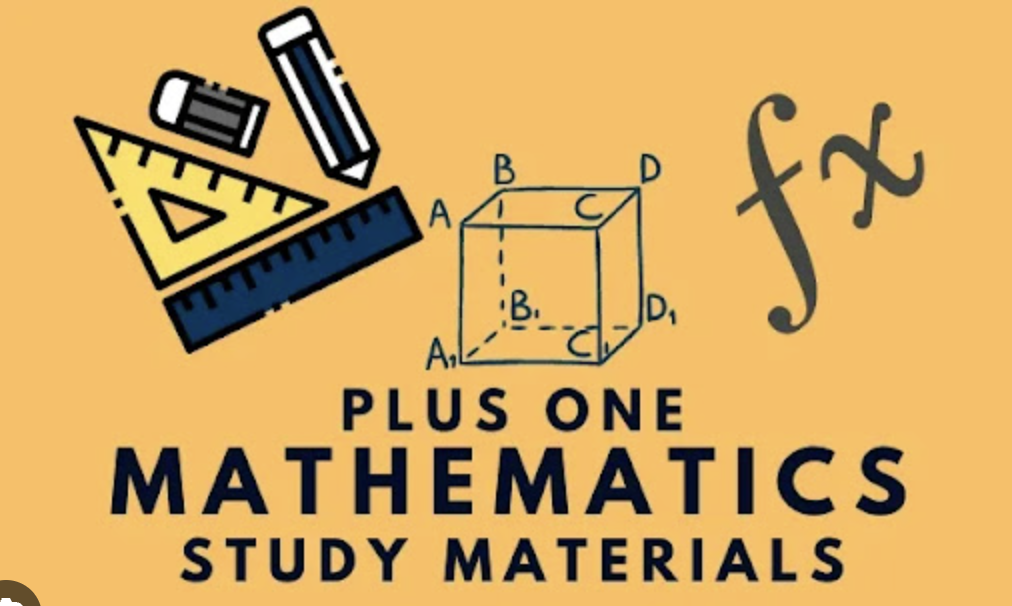Complex numbers extend our numerical system beyond real numbers, opening new mathematical horizons. This chapter explores the algebra of complex numbers, their geometric interpretation, and applications in solving quadratic equations that have no real solutions. Students will learn to perform operations with complex numbers in both algebraic and polar forms, understand the geometric significance of complex operations, and apply these concepts to problems in electrical engineering, fluid dynamics, and quantum mechanics.
Chapter 5: Complex Numbers and Quadratic Equations
Complex Numbers:
A complex number is expressed in the form a + bi, where:
- a is the real part
- b is the imaginary part
- i is the imaginary unit where i² = -1
Operations on Complex Numbers:
- Addition: (a + bi) + (c + di) = (a + c) + (b + d)i
- Subtraction: (a + bi) – (c + di) = (a – c) + (b – d)i
- Multiplication: (a + bi)(c + di) = (ac – bd) + (ad + bc)i
- Division: (a + bi)/(c + di) = [(ac + bd)/(c² + d²)] + [(bc – ad)/(c² + d²)]i
Properties:
- Complex Conjugate: z = a + bi, then z̄ = a – bi
- Modulus: |z| = |a + bi| = √(a² + b²)
- Properties of Conjugates:
- z + z̄ = 2Re(z)
- z · z̄ = |z|²
- z/w = z̄/w̄
Polar Form:
A complex number can be written as z = r(cos θ + i sin θ) = r∠θ where:
- r = |z| = √(a² + b²) (modulus)
- θ = tan⁻¹(b/a) (argument)
De Moivre’s Theorem:
For any complex number z = r(cos θ + i sin θ) and integer n: z^n = r^n(cos nθ + i sin nθ)
Quadratic Equations with Complex Roots:
For a quadratic equation ax² + bx + c = 0:
- The roots are x = [-b ± √(b² – 4ac)]/2a
- If b² – 4ac < 0, the roots are complex conjugates:
- x₁ = -b/(2a) + i√(4ac – b²)/(2a)
- x₂ = -b/(2a) – i√(4ac – b²)/(2a)
Applications:
- Solving equations where real solutions don’t exist
- Electrical engineering for analyzing AC circuits
- Control systems and signal processing
- Fractal geometry and complex dynamics
Complete Chapter-wise Hsslive Plus One Maths Notes
Our HSSLive Plus One Maths Notes cover all chapters with key focus areas to help you organize your study effectively:
- Chapter 1 Sets
- Chapter 2 Relations and Functions
- Chapter 3 Trigonometric Functions
- Chapter 4 Principle of Mathematical Induction
- Chapter 5 Complex Numbers and Quadratic Equations
- Chapter 6 Linear Inequalities
- Chapter 7 Permutation and Combinations
- Chapter 8 Binomial Theorem
- Chapter 9 Sequences and Series
- Chapter 10 Straight Lines
- Chapter 11 Conic Sections
- Chapter 12 Introduction to Three Dimensional Geometry
- Chapter 13 Limits and Derivatives
- Chapter 14 Mathematical Reasoning
- Chapter 15 Statistics
- Chapter 16 Probability
